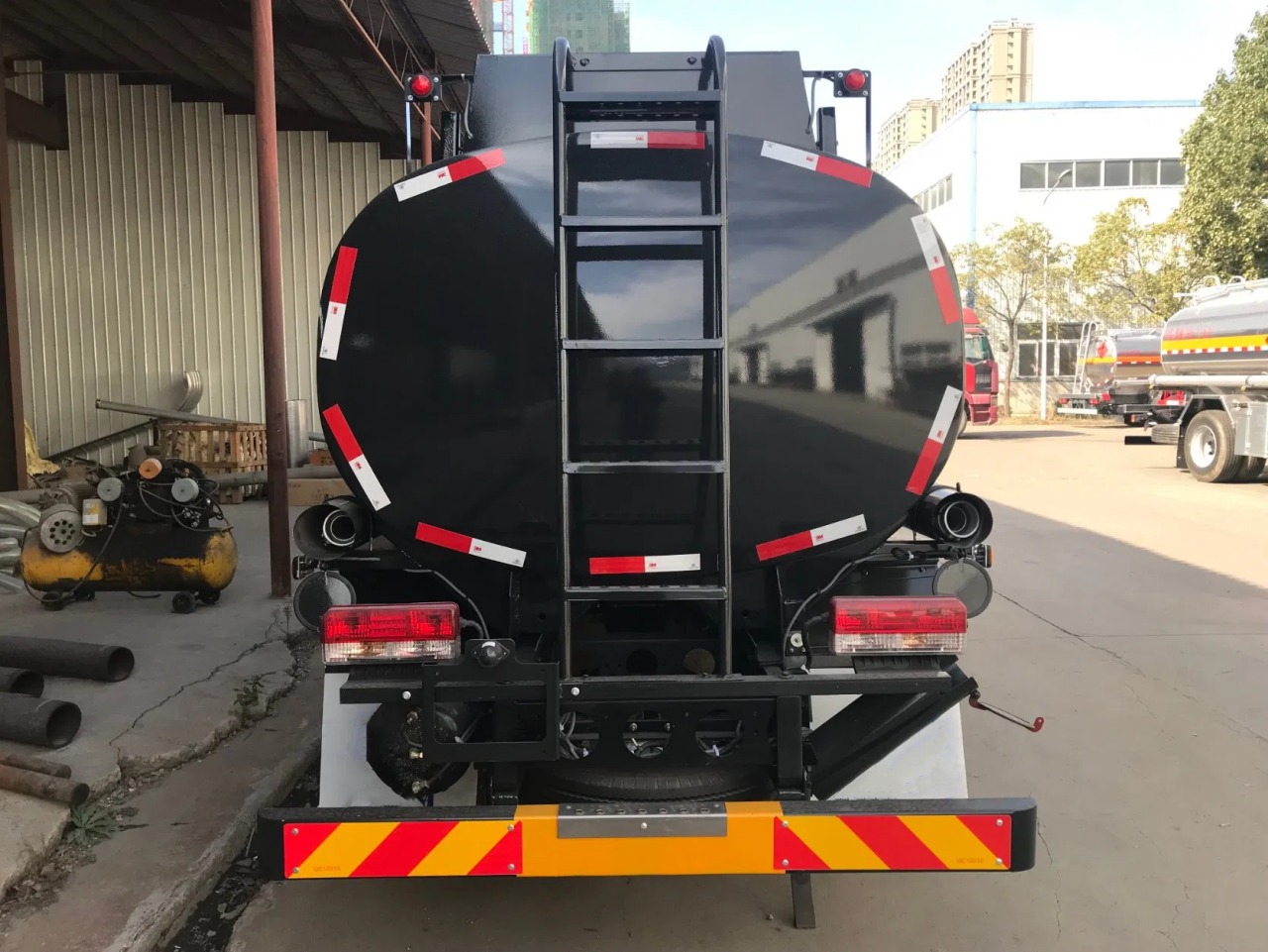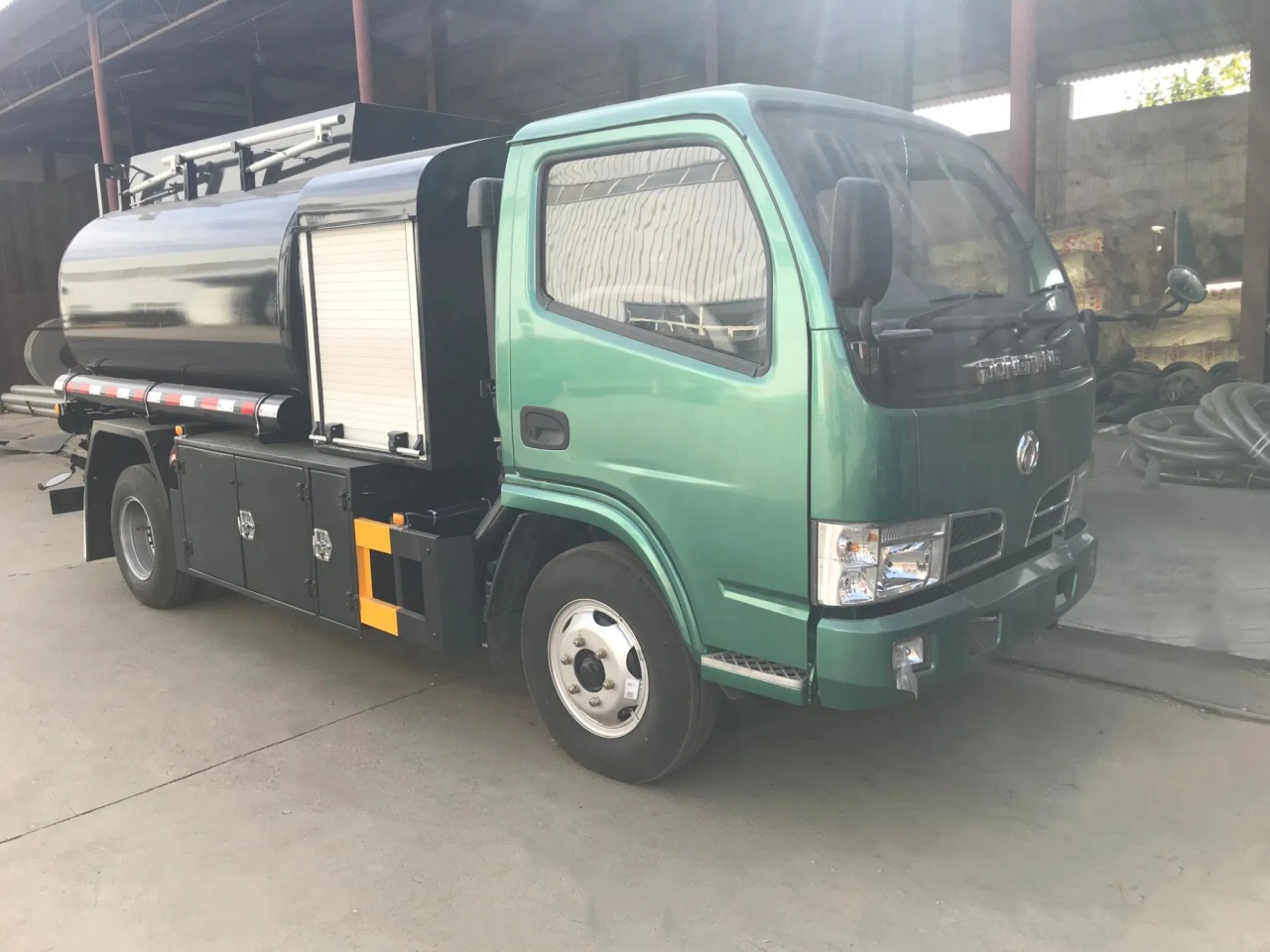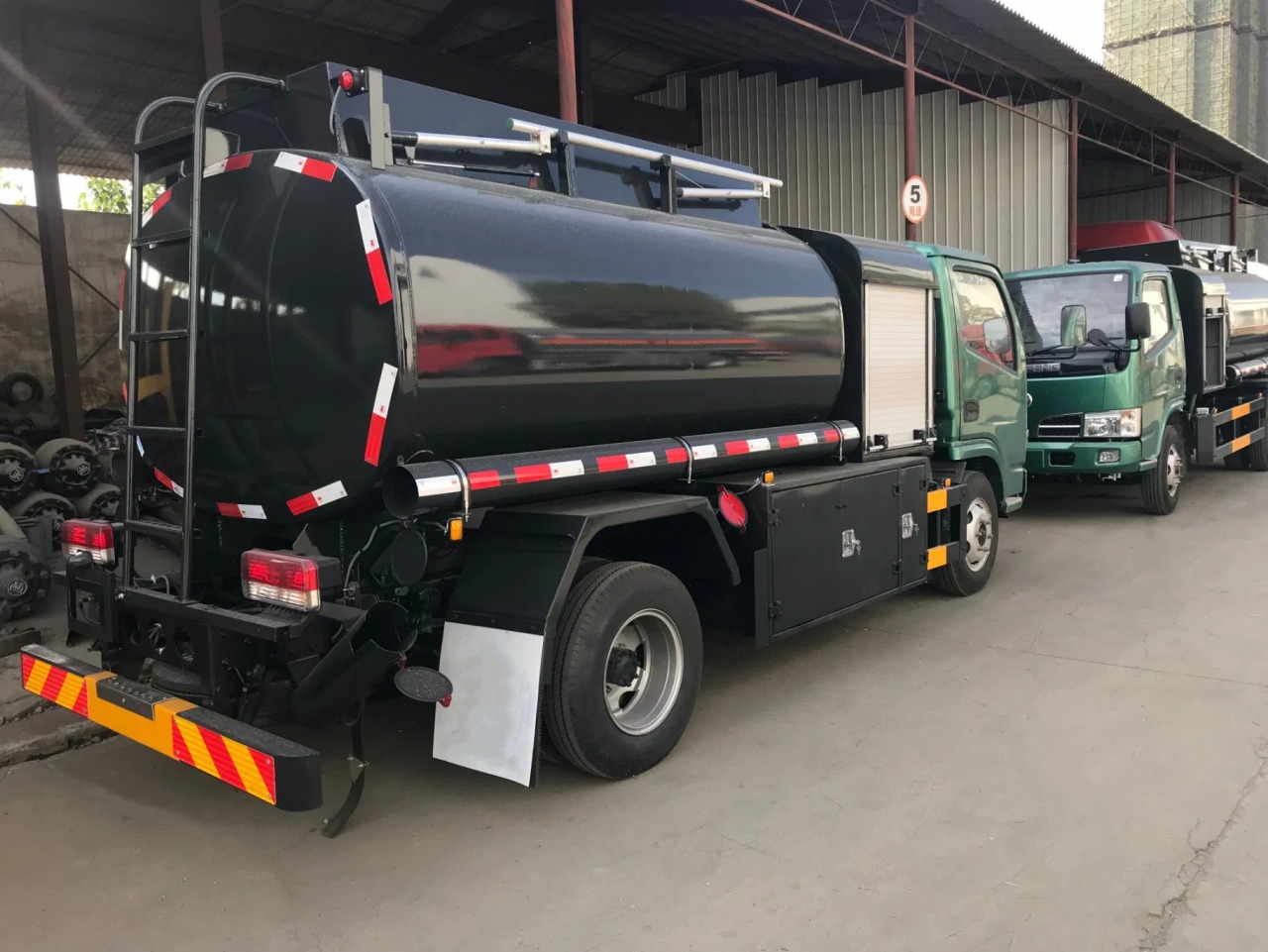If you’ve spent time around airports, construction sites, mining operations, or even rural farms, you might have come across the term “fuel bowser.” It’s a common phrase in countries like the UK, Australia, New Zealand, and parts of Africa, used to refer to a fuel dispensing vehicle or mobile fuel tank. But for many, especially those unfamiliar with the term, a pressing question arises: why is it called a fuel bowser? The answer lies in a combination of historical origins, engineering innovation, and linguistic evolution.
The Origin of the Word “Bowser”
To understand why it’s called a fuel bowser, we need to travel back to the early 20th century and meet a man named Sylvanus Freelove Bowser, an American inventor. Born in 1854 in Fort Wayne, Indiana, Sylvanus Bowser is credited with inventing the first practical fuel pump in 1885. Originally designed to dispense kerosene—used at the time for lamps and heating—the pump quickly evolved with the rise of the automobile, becoming essential for gasoline distribution.
Bowser’s invention was so influential that his name became synonymous with fuel dispensing equipment. Much like how we might say “Hoover” for vacuum cleaners or “Xerox” for photocopying, “Bowser” became a generic term in many parts of the English-speaking world for a fuel dispenser or fuel tank.
From Pump to Vehicle
While Sylvanus Bowser invented a stationary pump, the term “bowser” grew in its application. As fuel distribution needs expanded—especially during the industrial boom, two world wars, and the subsequent mechanization of agriculture and construction—the demand for mobile fueling solutions became critical.
Fuel was no longer just dispensed at fixed stations. There was a growing need to bring fuel to the machines, especially in remote or undeveloped areas. Thus, mobile fuel tanks—mounted on trailers, trucks, or even aircraft trolleys—began to be referred to as fuel bowsers. The name stuck, particularly in Commonwealth countries.
Regional Usage of the Term “Fuel Bowser”
Interestingly, the word “bowser” isn’t universally used. In the United States and Canada, people are more likely to use terms like “fuel truck,” “tanker truck,” or “refueler.” But in Australia, New Zealand, India, Sri Lanka, and the UK, “bowser” is a standard term, not just for mobile units but sometimes for stationary fuel pumps as well.
In Australia, for instance, you’ll often hear someone say they’re “pulling up to the bowser” at a petrol station. In aviation, ground crews refer to refueling vehicles as bowsers. On construction sites, fuel bowsers are used to refill excavators, bulldozers, and generators. The consistent feature is that a bowser stores and dispenses fuel, but it doesn’t have to be stationary.
What Makes a Fuel Bowser Different?
A fuel bowser typically refers to a vehicle or trailer designed to transport and dispense fuel. Depending on its use, a bowser might carry diesel, petrol (gasoline), aviation fuel, or even kerosene. Here are some key characteristics:
- Tank Construction: Fuel bowsers have tanks made from steel or aluminum, often lined or coated to prevent corrosion and meet safety standards.
- Pump Mechanism: Like the original Bowser pump, modern bowsers include pumping systems—manual or motorized—for transferring fuel.
- Dispensing Hose and Nozzle: Similar to those found at gas stations, these allow precise and controlled fuel delivery.
- Metering Systems: For accurate fuel measurement, especially when used for commercial transactions.
- Safety Features: Fire extinguishers, grounding wires, anti-static devices, and spill containment are standard.
These features help distinguish bowsers from simple fuel tanks or containers. Their mobility, integrated pump systems, and safety provisions make them ideal for industries requiring on-site refueling.
Fuel Bowsers in Different Industries
The fuel bowser plays a crucial role in several key sectors:
- Aviation
Airports use fuel bowsers to refuel aircraft, especially when fixed hydrant systems are unavailable or impractical. These vehicles are highly specialized, meeting stringent aviation fuel standards. - Construction and Mining
In remote or large-scale operations where machinery is constantly moving, bowsers are used to keep equipment running without forcing downtime to refuel at a fixed station. - Agriculture
Tractors, harvesters, and irrigation pumps benefit from mobile fuel delivery. Farmers use smaller bowsers to reduce the need for multiple fuel runs. - Military and Emergency Services
Rapid, mobile fueling in challenging environments is crucial during deployments or disaster responses.
Modern Evolution: Smart Bowser
As technology advances, so do fuel bowsers. Today, many feature GPS tracking, telemetry systems, and automated dispensing logs. These “smart bowsers” not only deliver fuel but also provide real-time data to operators, improve efficiency, and reduce the risk of theft or loss.
Environmental regulations have also led to innovations in spill containment, double-walled tanks, and vapor recovery systems, making modern bowsers safer and more eco-friendly than ever before.
Conclusion: A Legacy That Lives On
So, why is it called a fuel bowser? The answer is rooted in the legacy of Sylvanus Bowser, a pioneer in fuel dispensing. His innovation revolutionized the way people accessed and used fuel, and his name lived on, evolving from a kerosene pump in Indiana to mobile fueling units across the globe.
Today, the term “fuel bowser” embodies much more than just a name. It represents a vital tool in keeping modern industry moving, from planes on runways to trucks on highways and bulldozers on job sites. And while the original Bowser may have started with a simple pump, his name now rolls across landscapes in the form of rugged, mobile, indispensable fuel solutions.





